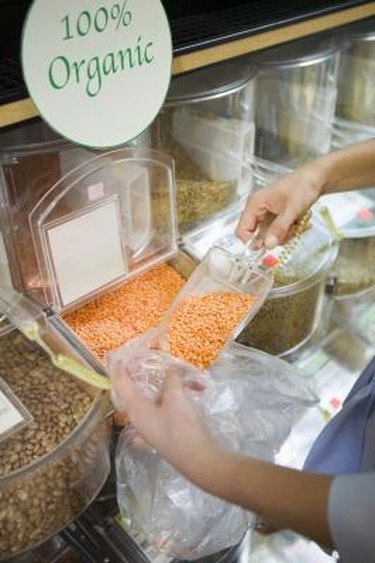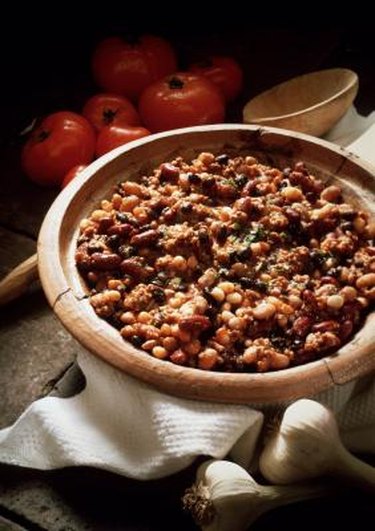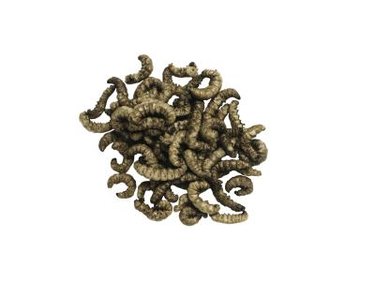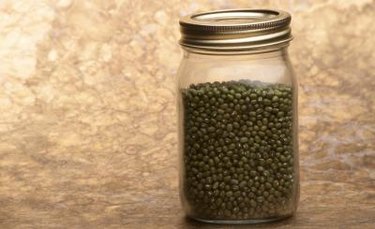
Growing up in an era of commercial farming, you may not be accustomed to seeing worms in your beans. Yet as organic foods become mainstream, you will inevitably see more critters in your produce, from munch marks on your greens to pests the look like worms in your black-eyed peas. While unsightly and maybe a little disturbing, these insects -- actually a type of beetle -- are nothing more than a harmless nuisance.
Are Those Really Worms?
Video of the Day

It is easy to confuse cooked bean parts with worms. Two parts in beans can appear to be worms when they are cooked. First is the embryo. Beans are seeds that contain parts needed for growth and reproduction. If you split a bean in half, you will see a tiny white, elongated piece inside. Soaking your beans overnight gives this embryo a chance to swell, making it even easier to confuse with a worm in the cooked end product. Second is the bean's skin. During cooking, the skin can separate from the bean, rolling up and giving it a worm-like appearance in the final dish.
Video of the Day
Pantry Pests

The most common bean pest is the bean weevil, which lays its eggs on beans. When the eggs hatch, the larvae burrow their way into the bean. They spend their larval and pupal phases inside the bean, emerging once they turn into adults. You can tell if your beans are infested by inspecting a small handful. Bean weevils leave perfectly round holes in beans when they make their exit. Sometimes you can find live worms inside beans if you split them, or you might find adult beetles hanging out in your pantry.
Edible Bugs

If your beans are thoroughly cooked and you think you see worms, chances are they are just bean embryos. Beans take a long time to cook, and you probably wouldn't be able to tell if there are any larvae in your beans by the time you finish preparing the dish. Don't worry; according to the Food and Agriculture Organization of the United Nations, many insects -- including beetles and larvae -- are completely edible and even quite nutritious.
Keeping Pests at Bay

Proper storage techniques go a long way in preventing the spread of pests in your pantry. Most beetles and moths can burrow through plastic bags and even find little cracks in containers if they aren't properly sealed. Invest in airtight glass or hard plastic containers with tight-fitting lids. Sometimes, food you purchase is already infested with bugs. A good container will keep them from getting out and into your non-infested foods.